Ask The Experts - Public Sector

“I can’t think of a valid reason why any organisation wouldn’t want to make use of a reliable, self-sufficient solar asset to generate renewable energy.”
We caught up with our industry expert, Julian Hook – Head of Strategic Development, to gain a valuable insight into why public sector organisations such as local authorities, government buildings, healthcare organisations and schools should be installing solar energy.Q1. How does solar energy benefit public sector organisations?
There are four key benefits to consider when adopting solar energy. First, cost savings remain the most significant driver, as self-generated solar power is both cheaper and more stable than grid electricity, resulting in lower and more predictable energy bills. Second, solar supports sustainability by reducing carbon emissions and strengthening ESG reporting, which is increasingly important across both public and private sectors. Third, it offers energy independence, reducing reliance on the grid and protecting from market volatility. Finally, solar plays a vital role in enhancing energy resilience - particularly for critical infrastructure such as hospitals - when deployed as part of an integrated system that includes battery energy storage and backup generation. While solar alone cannot guarantee power during outages, its contribution to a hybrid energy solution enables facilities to maintain operations during grid disruptions and emergencies.
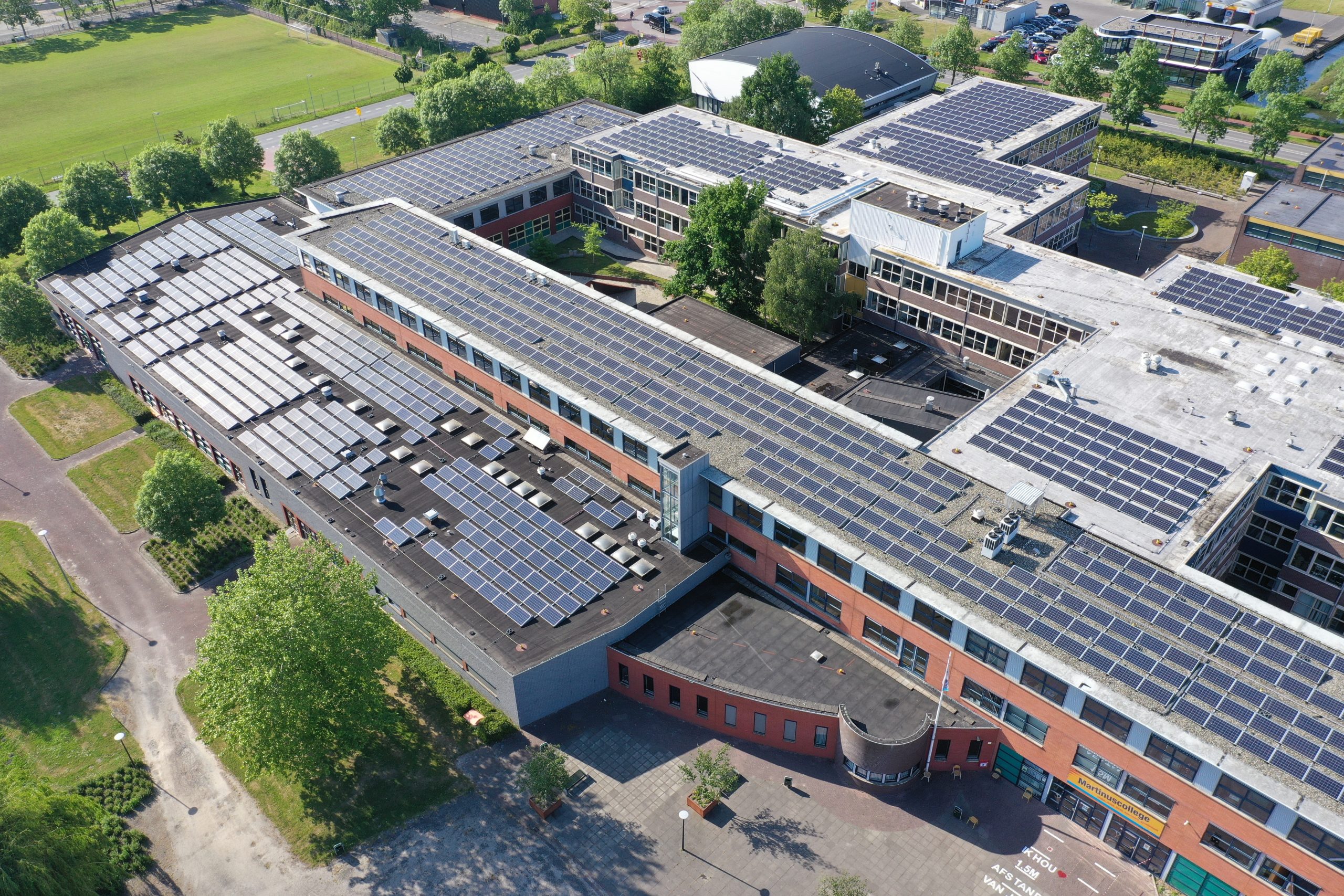
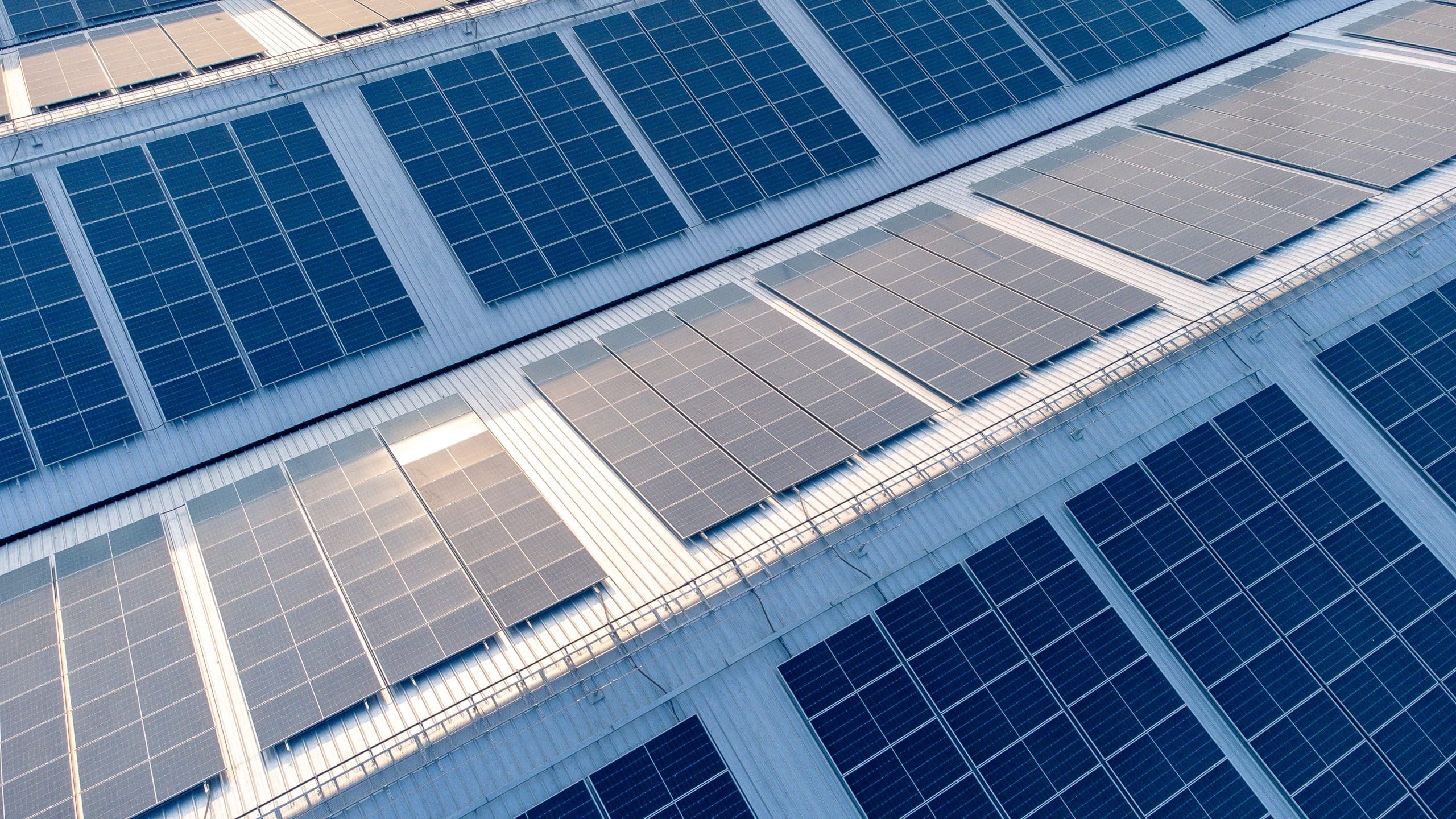
Q2. Can all public sector organisations install solar energy systems?
Yes, solar panels can generally be fitted to any building whether it’s roof-mounted or ground-mounted. However, it’s important to note that public sector buildings tend to be a very broad mixture of old and new structures. Therefore, an initial structural assessment is crucial to ensure your building can support the weight of the panels and mounting system.
This initial assessment forms part of Centreco’s free, 5-step appraisal, where we review your site’s layout and its potential to accommodate a solar asset with design and sizing. We’ll also analyse your current electricity usage and demonstrate potential electricity and carbon savings across your business.
Q3. What kind of public sector organisations benefit most from solar energy?
All of them. No matter whether it’s government buildings, local authorities, healthcare, hotels or leisure centres. I can’t think of a valid reason why any organisation wouldn’t want to make use of a reliable, self-sufficient solar asset to generate renewable energy.
That said, the benefits may differ depending on the type of public sector organisation. For instance, the solar driver for a school may be long-term cost-savings given budget constraints. On the other hand, the driver for a local authority or government building may be sustainability in order to foster a leadership approach when it comes to decarbonising the energy network.
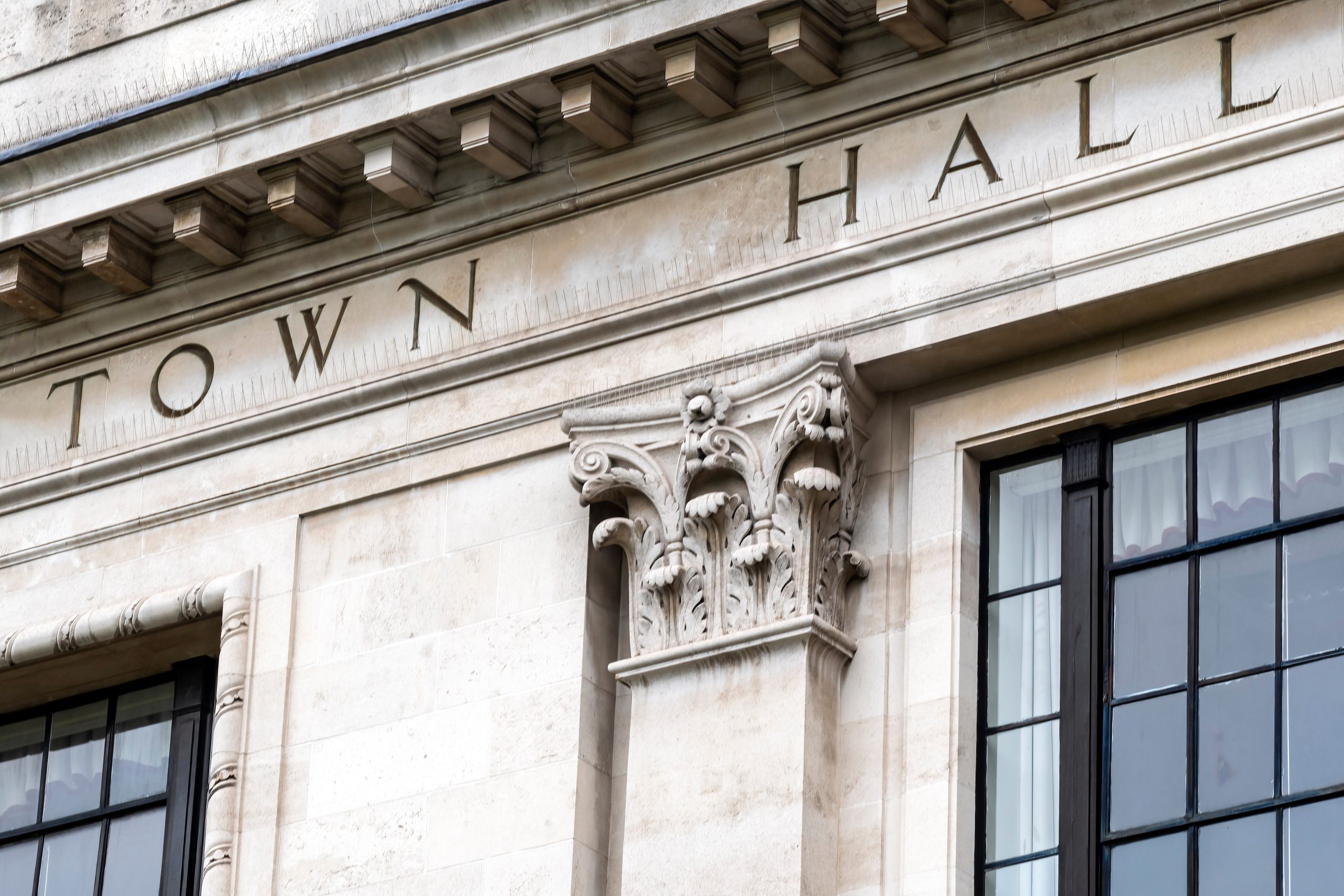
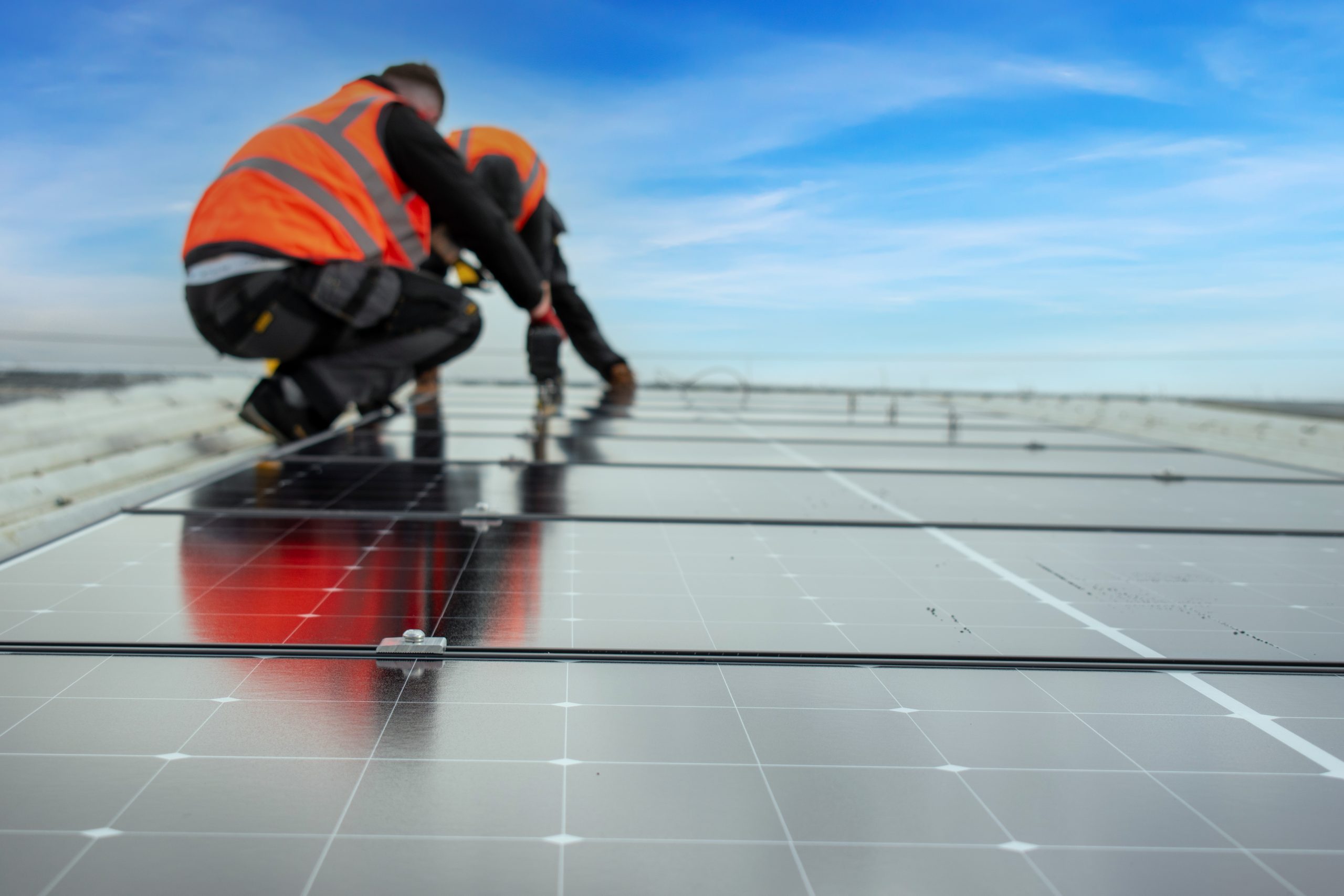
Q4. How long does an average solar installation take?
Each project differs and will have its own unique design features and operational factors to consider to best meet an organisations requirements.
If I had to give an approximate timeframe from tender alert to submission, the average is around three months.
Timeframes do vary slightly as the time it takes certain processes are beyond our control such as planning applications and DNO approval. However, we fully manage and stay on top of this approval stage and liaise with the relevant authorities to ensure a project moves along as quickly as possible.
Q5. Can Centreco help with my tender process?
Yes, absolutely! The funding process for installing a solar system in the public sector differs, in that organisations have to put together a tender in a bid to be able to raise capital expenditure for a solar project. These usually involve competitive bidding processes, organised by public authorities.
Our expert team provides full support throughout both the pre-tender and tender stages, including all costings and technical specifications. This process usually takes 2–6 months, with an average of around 3 months from tender alert to submission. We manage every stage of the project in-house, from initial consultation through to installation, which simplifies the process by consolidating documentation and eliminating delays from subcontractors. This integrated approach often speeds up tender completion and ensures a smoother experience for our clients.

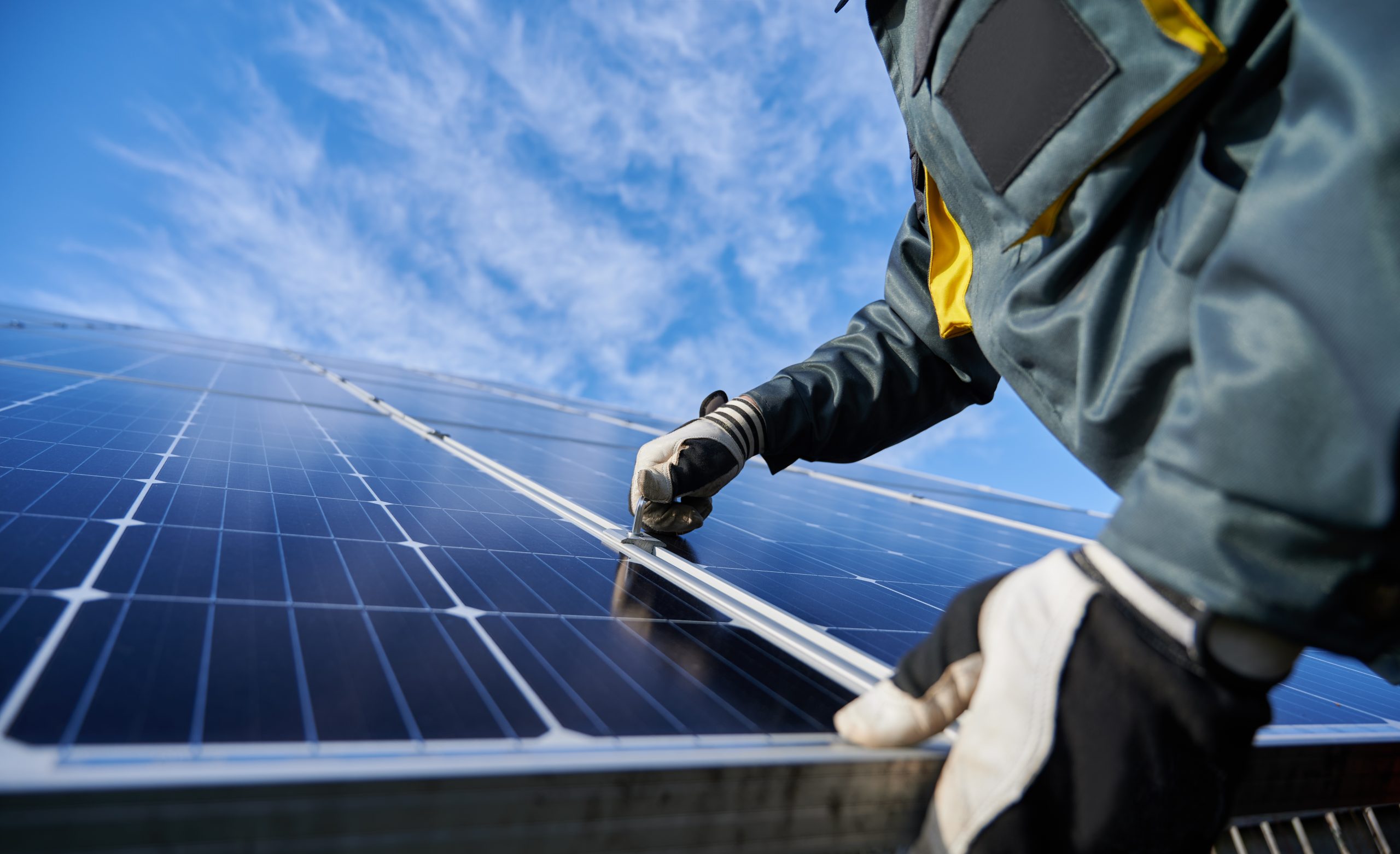
Q6. How much maintenance do solar energy systems require?
Very little. I can confidently say that a Centreco solar energy system would likely perform to its projected forecast with minimum aftercare for the twenty-five warranted period and beyond.
Conversely, we do have a track record that our Centreco team is proud of in that: every system we maintain has almost always outperformed forecasted projections, unlocking more savings and value for your business.
That is why we offer our ongoing expertise through maintenance and management support services, once your system is up and running. This ensures your system is performing better than expected at all times
As public sector organisations face increasing pressure to reduce costs, enhance sustainability, and secure long-term energy resilience, solar energy stands out as a practical and future-proof solution. Julian Hook’s insights clearly highlight the multiple benefits – from significant cost-savings and carbon reduction to energy independence and infrastructure resilience. With Centreco’s expert-led, end-to-end service, including full tender support and ongoing maintenance, the transition to solar is not only accessible but highly advantageous for all types of public sector organisations. Now is the time to take the next step toward a more sustainable and self-sufficient energy future.
Experience and expertise you can rely on
If you are interested in making energy cost-savings and carbon reductions across your organisation or property portfolio, let’s talk more.